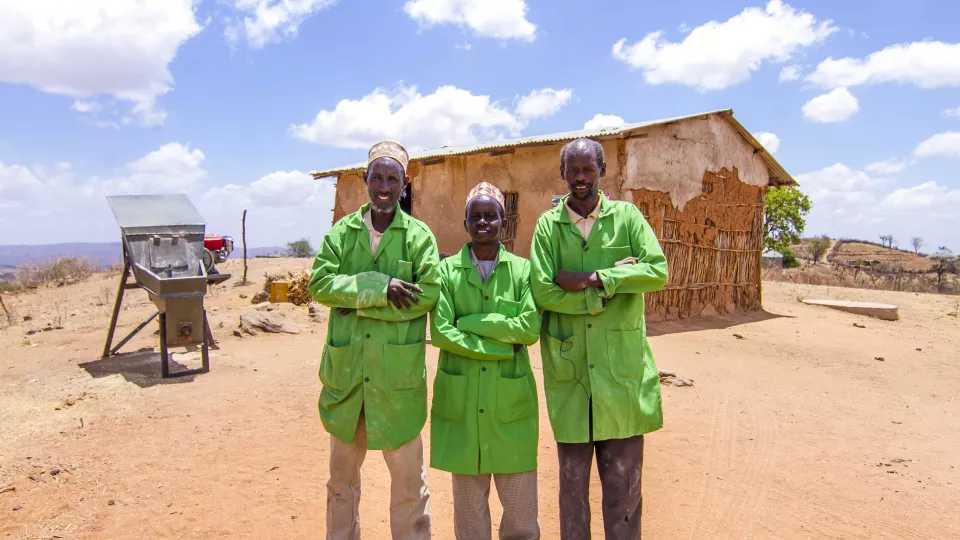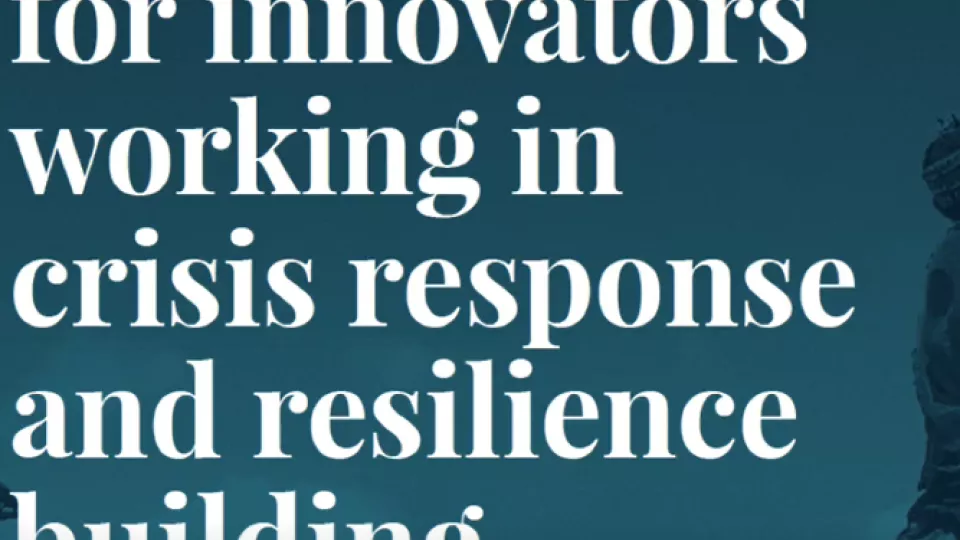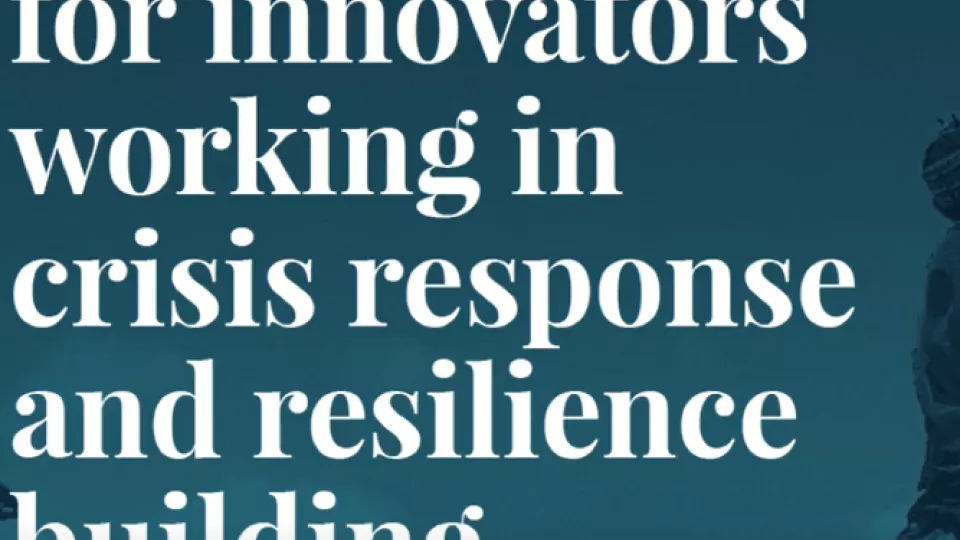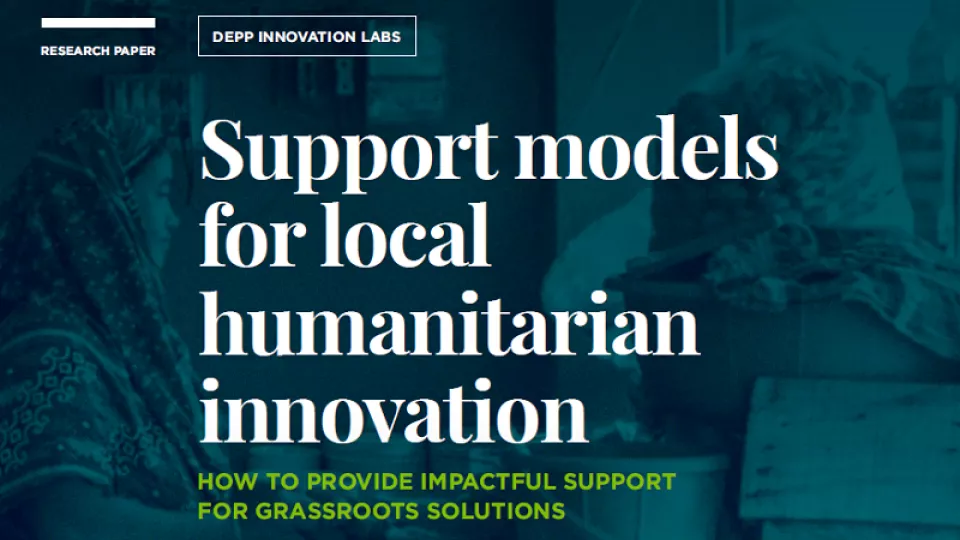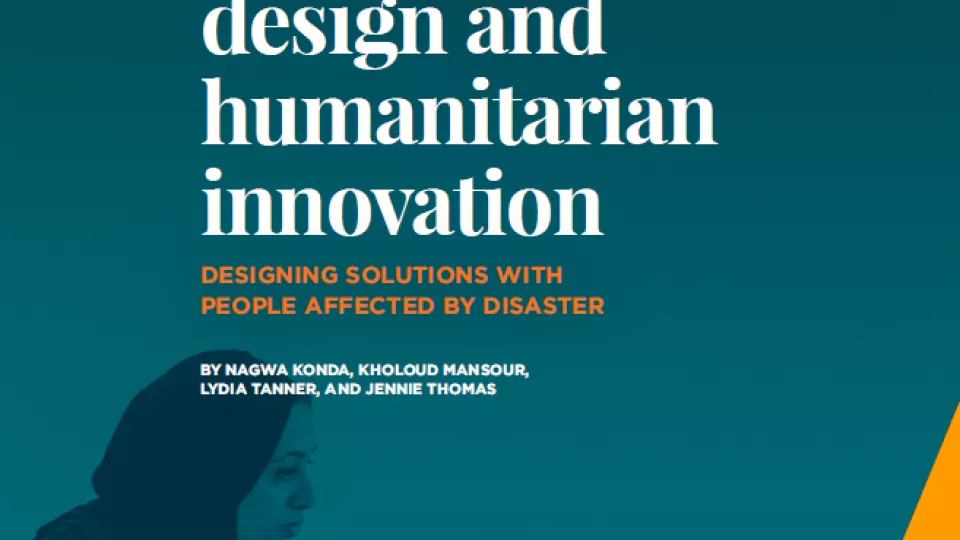The humanitarian sector is often criticised for being too top-down and for failing to meet the needs and priorities of crisis-affected people. ‘Innovation’ became a rallying cry for new initiatives, organisations and funding promises. Yet, three years on, the sector has been slow to prioritise and support local leadership or to create systems that allow people affected by disaster to have a hand in shaping innovations within their own communities. A recent research paper suggests that only 33% of humanitarian innovators consult with affected populations during their innovation processes. In response to this situation, several organisations have begun advocating for the use of human-centred design (HCD) in humanitarian innovation: bringing meaningful community participation into developing solutions, services or assistance for that community.
The Disasters and Emergencies Preparedness Programme (DEPP) Innovation Labs is a diverse network of national and international humanitarian organisations, set up to identify and grow areas of innovation that come directly from communities affected by crises. The labs drew on the HCD tradition, with the aim of developing more responsive and locally-led humanitarian and preparedness programming.

